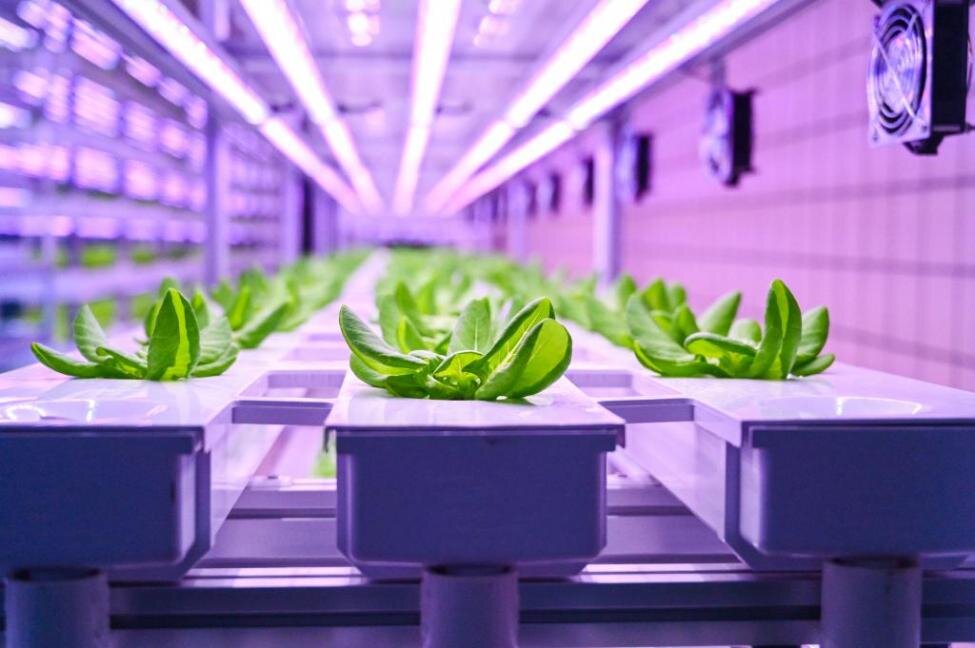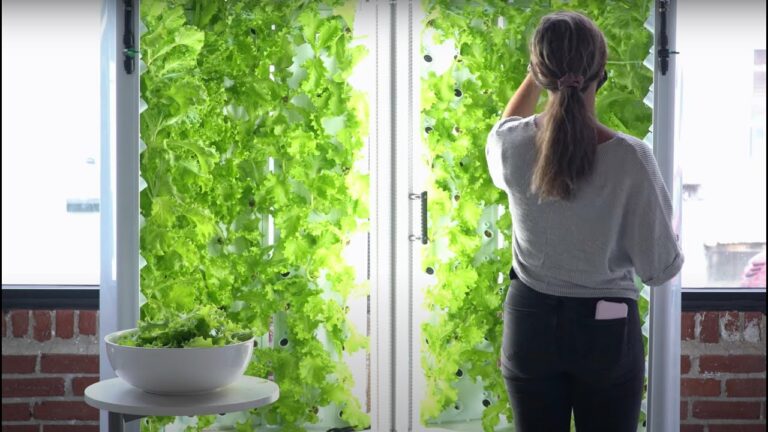
Introduction
Vertical farming is a revolutionary approach to agriculture that involves growing crops in vertically stacked layers, often in controlled environments such as warehouses or high-rise buildings. The future of food education relies heavily on understanding and embracing this innovative farming method. By exploring the relevance and importance of vertical farming, we can gain insights into its potential impact on food education.
Historical Background
The history of vertical farming dates back to ancient civilizations, where people practiced terrace farming to maximize land usage. However, the concept as we know it today began to take shape in the late 20th century with the invention of hydroponics and aeroponics systems. These developments laid the foundation for modern vertical farming techniques.
Key Concepts and Definitions
Vertical farming involves cultivating crops in vertically stacked layers using hydroponics or aeroponics systems. It emphasizes sustainable agriculture practices, efficient resource utilization, and year-round cultivation. Food education, on the other hand, focuses on imparting knowledge about food production, nutrition, and sustainability. Terms such as sustainable agriculture and urban farming are closely related to vertical farming and play a significant role in shaping its concepts.

Main Discussion Points
The benefits of Vertical Farming
Vertical farming offers numerous benefits, including increased crop yield and food production. By utilizing vertical space efficiently, this method allows for higher crop density, maximizing output. Additionally, vertical farming optimizes resource usage, reducing water consumption, land requirements, and energy consumption. Furthermore, it enables year-round cultivation, eliminating dependence on climate conditions.
The impact of Vertical Farming on food education
Vertical farming enhances understanding of where food comes from. By bringing food production closer to consumers, it promotes a deeper connection and appreciation for the origins of our food. Moreover, vertical farming offers opportunities for hands-on learning and experiential education. Students can actively participate in growing their own food, fostering a holistic understanding of sustainable and healthy food choices.
The integration of Vertical Farming into educational curricula
Vertical farming can be integrated into science, technology, engineering, and math (STEM) programs, providing students with practical applications for these subjects. Collaboration between educational institutions and vertical farming companies can facilitate knowledge sharing and create valuable learning experiences. Training teachers and educators on vertical farming techniques ensures the successful implementation of this innovative approach in classrooms.

Case Studies or Examples
Successful examples of vertical farming projects in educational settings include school gardens and community-based initiatives. These projects have shown positive impacts on students’ learning outcomes and engagement. Students who participate in vertical farming activities often demonstrate better understanding of core subjects and develop a sense of responsibility towards their environment. Real-world examples of vertical farming businesses, such as AeroFarms and Plenty, have also made significant contributions to food education through partnerships and outreach programs.
Current Trends or Developments
Vertical farming technology is constantly evolving. Recent advancements include the use of artificial intelligence and automation to optimize plant growth conditions and improve efficiency. Additionally, innovative approaches to integrating vertical farming into food education include virtual reality simulations and online platforms that provide interactive learning experiences. Research findings continue to shed light on the benefits and potential applications of vertical farming, driving further advancements in the field.
Challenges or Controversies
Some concerns regarding vertical farming include scalability and cost-effectiveness. Scaling up vertical farming operations to meet the demands of a growing population can be challenging due to the high initial investment and operational costs. Additionally, potential environmental impacts and sustainability challenges, such as energy consumption and waste management, need to be addressed to ensure the long-term viability of vertical farming. Differing viewpoints on the role of vertical farming in food education also contribute to ongoing discussions and debates.

Future Outlook
The future implications of vertical farming are promising. As technology continues to advance, vertical farming is expected to become more efficient and affordable, driving its widespread adoption. Breakthroughs in areas such as lighting systems, automation, and plant breeding techniques hold the potential to revolutionize the industry. Vertical farming will play a crucial role in addressing global food security and sustainability challenges by providing a reliable and sustainable source of fresh produce.
Conclusion
In conclusion, vertical farming is poised to reshape the future of food education. Through increased crop yield, resource efficiency, and year-round cultivation, it offers numerous benefits. By integrating vertical farming into educational curricula, we can enhance students’ understanding of food production and promote sustainable food choices. Despite challenges, the continuous development of vertical farming technology and its potential to address global food security make it a critical component of the future of food education.
References
Despommier, D. (2010). The Vertical Farm: Feeding the World in the 21st Century.
Low, J., & Spensley, J. (2018). Vertical: The City from Satellites to Bunkers.
Food and Agriculture Organization of the United Nations. (2017). Urban and Peri-Urban Agriculture.
Vertical Farming Association. (2021). Advancing Vertical Farming for Sustainable Food Production.




